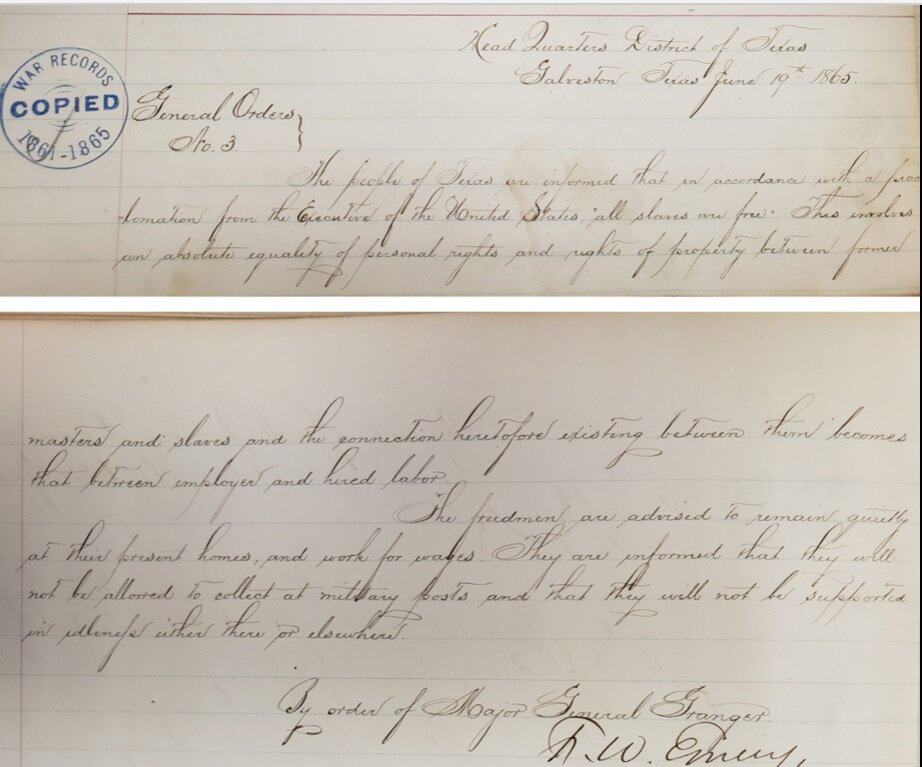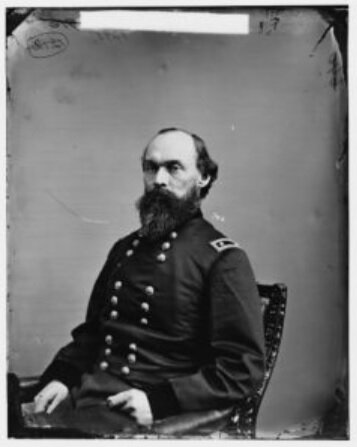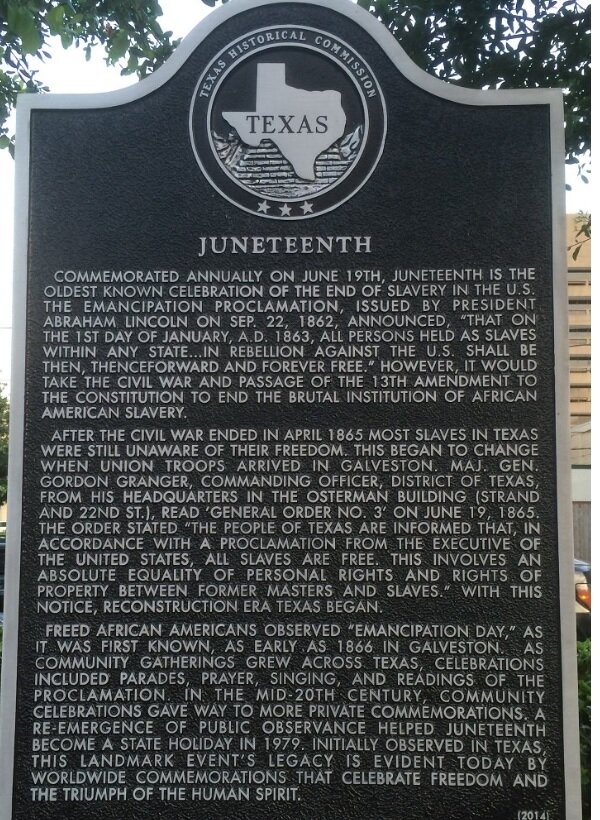Juneteenth and the End of the Civil War
In most wars, the losing side officially surrenders to the winning side. For example, both Germany and Japan signed formal surrender documents at the end of World War II.
This did not happen at the end of the Civil War. The Confederate Government did not formally surrender to the Union. Instead, each Confederate Army did it’s own independent surrender.
Appomattox
In early April 1865, after a ten-month siege around Richmond and Petersburg, General Grant’s army broke through General Lee’s defenses. The South abandoned both cities. Lee’s army fled westward, with the goal of uniting his army with the other main Confederate army in North Carolina. Grant aggressively pursued, finally surrounding the remnants of Lee’s army in Appomattox. Lee surrendered on April 9th. While commonly thought as the end of the Civil War, other Confederate forces remained in the field still fighting.
Appomattox Campaign
Carolinas Campaign
North Carolina
Union General Sherman captured Atlanta in September 1864. He commenced his ‘march to the sea’ through Georgia ending in Savannah Georgia. From there he launched the final campaign marching north through South Carolina into North Carolina attacking forces led by Confederate General Johnston. This campaign ended with the surrender of the remaining Confederate army on April 26, 17 days after Appomattox and 12 days after Lincoln’s assassination.
Texas
At this point, only scattered Confederate forces remained. As news of Lee’s surrender at Appomattox and Johnston’s surrender in North Carolina spread, these Confederate forces surrendered to the nearest Union troops. Most of these occurred in early May 1865. In early June 1865, the last major group to surrender was the Confederate army west of the Mississippi in Texas and Louisiana.
President Andrew Johnson declared that the ‘insurrection’ was ended in June 1865.
As Union armies conquered Confederate territory, the slaves in those areas were freed. Texas was quite remote in those days, with limited war action. As a result, there were few Union troops available to enforce the Emancipation Proclamation, even though the war was over. Union general Gordon Granger arrived in Texas with a Union force and addressed the problem on June 19, 1865 while in Galveston Texas. He issued this order:
“The people of Texas are informed that, in accordance with a proclamation from the Executive of the United States, all slaves are free. This involves an absolute equality of personal rights and rights of property between former masters and slaves, and the connection heretofore existing between them becomes that between employer and hired labor.
The freedmen are advised to remain quietly at their present homes and work for wages. They are informed that they will not be allowed to collect at military posts and that they will not be supported in idleness either there or elsewhere.
By order of Major General Granger”
Celebrations began in Texas the next year, and slowly spread throughout the country. Over 100 years later, in 1980, Texas became the first state to declare June 19 an official State holiday. Many other States are starting to also recognize the date as the official end of slavery in the United States.
The day has alternatively called Freedom Day, Jubilee Day, Liberation Day and Emancipation Day. Now it goes by Juneteenth, an amalgamation of June and Nineteen.




